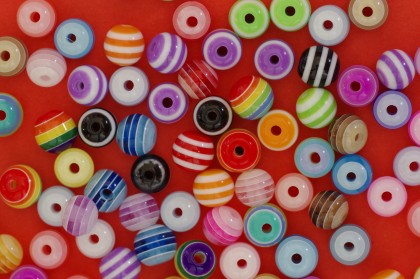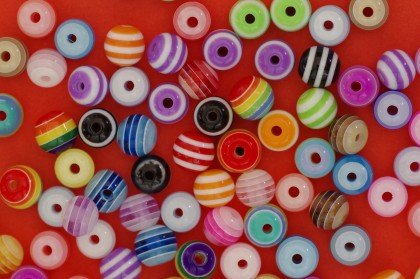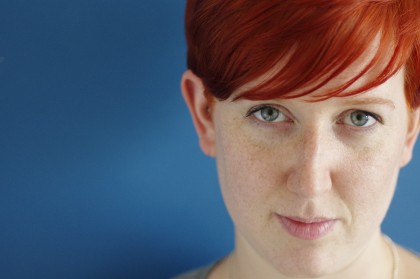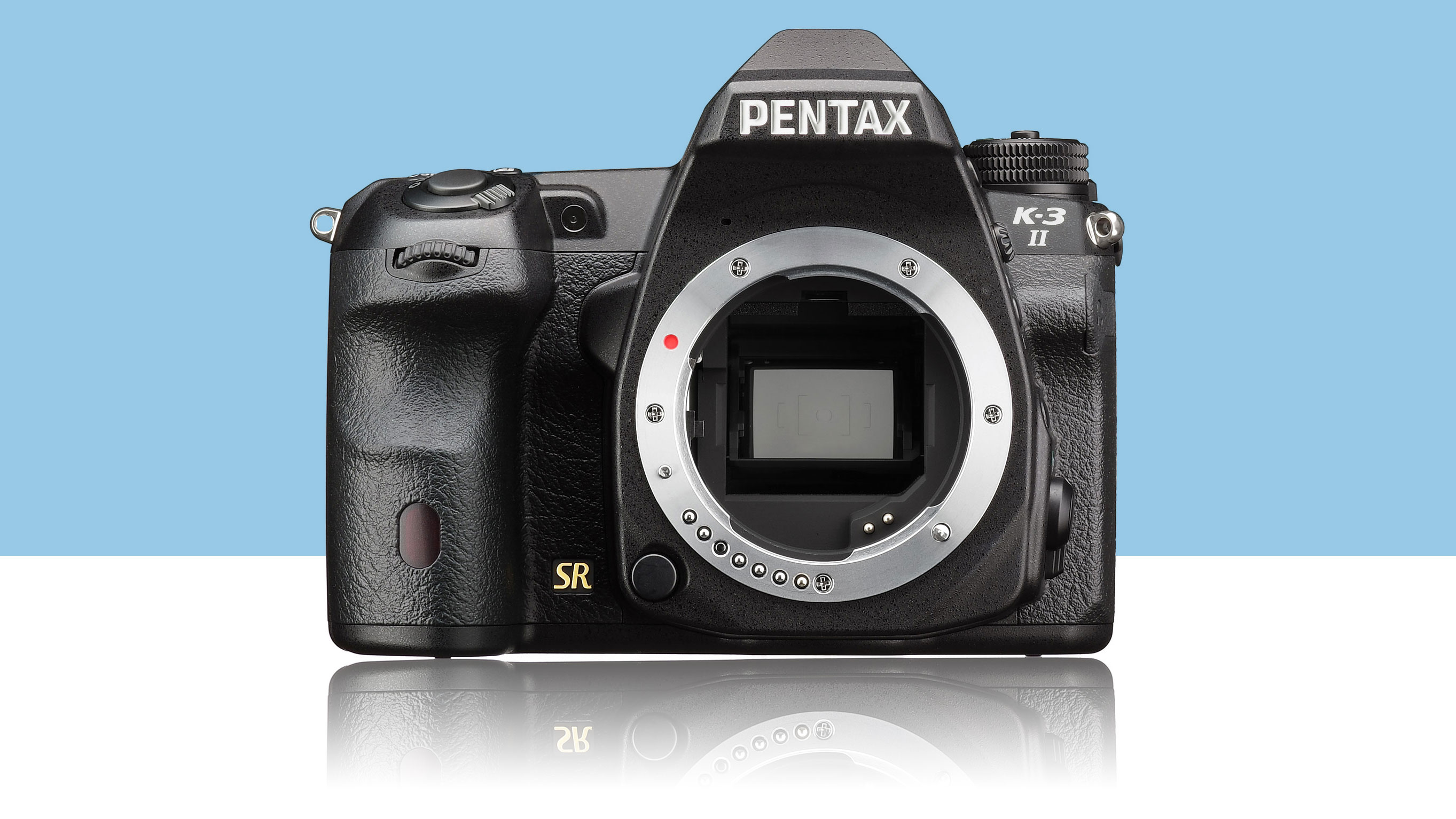Why you can trust TechRadar
As with the K-3, we found a lot to like about images from the K-3 II. Directly from the camera, JPEG images display plenty of punch.
There are several Picture Control options to choose from, so you can select the best look for the particular scene or subject you're shooting. If, for instance, you want to boost the colours in a nature or wildlife scene, you could choose Bright or Vibrant, while if you want to keep tones a bit more subdued for a portrait you could use Natural, or indeed, Portrait.
Looking at the DNG (raw format) images, colours are a little more muted, giving you a fair bit of scope for applying your preferred colour enhancements in post-production.
We've talked about the Pixel Shift Resolution mode, but images shot without this mode enabled show a good level of detail. If you are using Pixel Shift Resolution mode you'll need to use a tripod to keep the camera perfectly still, otherwise you may see blurring in parts of the image. While this isn't too bad when you're able to use fast shutter speeds, and as long the subject itself is completely still, the image won't be perfect if you examine it at 100%.
Viewing real-world raw images at 100%, it's difficult to see a significant difference in detail when looking at DNG files shot with Pixel Shift Resolution switched on, and those without it. Those taken with the high-resolution mode enabled perhaps have a very slight edge, but it's not something you're likely to to notice at normal print and web sizes.
One of the other benefits of Pixel Shift mode is an improvement in colour rendition, but again the difference isn't obvious, and whether it's worth creating DNG files that exceed 100MB in size in order to achieve such modest gains is debatable. JPEG images shot in Pixel Shift mode aren't that much bigger than regular JPEGs – around 12-13MB compared with 10MB – but as with the raw images they don't show a huge amount of difference for most subjects.
Below are two images of the same subject. The first is a regular image, and the second was taken using the K-3 II's Pixel Shift Resolution mode. There is a very slight improvement in fine detail in the Pixel Shift image, but you'll have to look hard to see it.

Click here to see the full-size image.

Click here to see the full-size image.
I shot images using both the supplied kit lens and a 100mm f/2.8 macro lens, to see if there was a more discernible difference when using Pixel Shift Resolution mode in conjunction with premium lenses. With the 100mm attached detail was better resolved in both modes, as you'd expect, but again it was hard to spot any real difference between Pixel Shift and regular images.
It's a different story in our labs tests, however, with a measurable difference in resolution scores at lower sensitivity values for raw images (after conversion to TIFF). The difference between JPEGs with and without the mode is again negligible, and in some cases images looked better with Pixel Shift mode disabled.
It's a similar story with colour. Although in real-world shooting it's difficult to see much difference in colour saturation with and without Pixel Shift Resolution switched on, our labs again indicate a measurable difference.
With Pixel Shift mode enabled, our colour test chart produced a score of 93.3, while with it switched off the score was 115.8. This suggests that colours are less saturated with Pixel Shift Resolution, and therefore more accurate – although of course you may find a more saturated image more to your liking.
Although there's no anti-aliasing filter I didn't encounter any issues with moire patterning, even without activating the anti-aliasing filter simulator. If you regularly photograph patterns and fine textures, however, it's worth experimenting with the simulator to see how much of a difference it makes.

Noise is well controlled throughout the K-3 II's sensitivity range, and although noise starts to become apparent at around ISO 800 if you examine a JPEG image at 100%, the overall impression of detail remains very good up to around ISO 1600; ISO 3200 also produces very good results if you need to use it in low light conditions.
ISO 6400 and ISO 12800 are usable at very small print or web sizes, but the highest settings of ISO 25600 and ISO 51200 are best avoided unless you're particularly desperate to get a shot in low light.
Looking at the amount of noise present in the equivalent DNG files, it's clear that JPEGs taken at ISO 800 and above are subjected to a fair amount of noise reduction in camera. This gives you a fair bit of scope for applying custom noise reduction in raw editing software.

The K-3 II's autofocus performance is fast and generally accurate, only struggling in lower light. It's rare for a false positive to be presented, but one thing to be aware of is the fairly loud sound that the kit lens (the 18-55mm f/3.5-5.6 WR) makes when focusing – it's likely to induce a little self-consciousness if you're shooting in a church or museum.
When you're photographing a moving subject you have the option to switch to Continuous AF, which coupled with 8.2fps shooting makes the K-3 II a decent choice for shooting sports and other action. The camera is able to keep up with relatively fast-moving subjects quite well, so long as you keep the active AF point on them.
Buffer depth is also good in this respect. When shooting in raw+JPEG mode you have around 5-6 seconds of shooting at 8.2fps before the camera starts to slow down, although if you start shooting again a few seconds later you'll find that the buffer fills up in 2-3 seconds. Alternatively, you can switch to shooting JPEG only, which gives you around 12 seconds before the buffer slows the camera down – that's around 100 shots.
Amy has been writing about cameras, photography and associated tech since 2009. Amy was once part of the photography testing team for Future Publishing working across TechRadar, Digital Camera, PhotoPlus, N Photo and Photography Week. For her photography, she has won awards and has been exhibited. She often partakes in unusual projects - including one intense year where she used a different camera every single day. Amy is currently the Features Editor at Amateur Photographer magazine, and in her increasingly little spare time works across a number of high-profile publications including Wired, Stuff, Digital Camera World, Expert Reviews, and just a little off-tangent, PetsRadar.

